
漢德百科全書 | 汉德百科全书
 Poland
Poland
 Belgium
Belgium
 Germany
Germany
 Finland
Finland
 France
France
 Greece
Greece
 Italy
Italy
 Croatia
Croatia
 Lithuania
Lithuania
 Netherlands
Netherlands

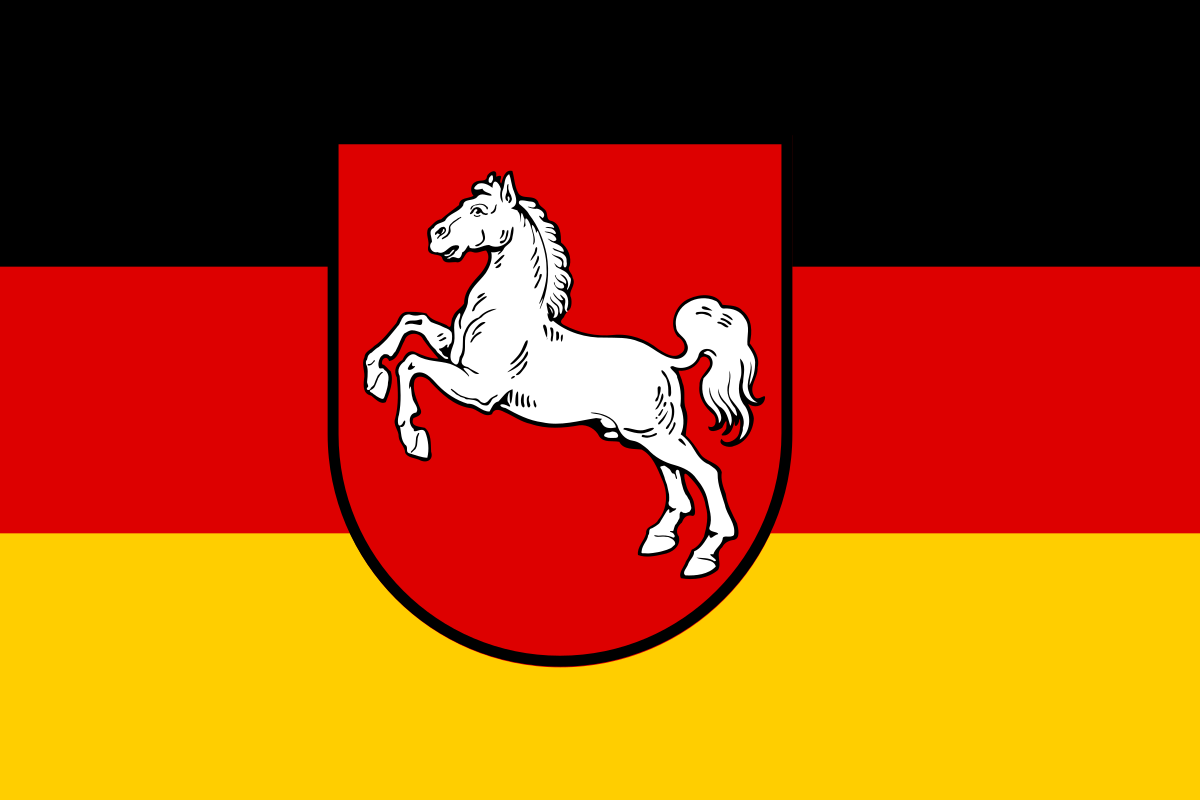 Lower Saxony
Lower Saxony
 Norwegen
Norwegen
 Poland
Poland
 Portugal
Portugal

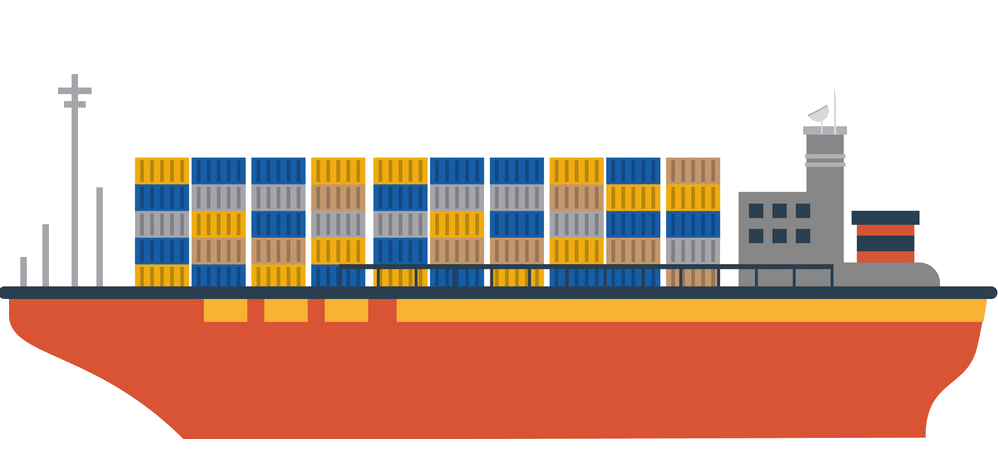 Ships and Nautics
Ships and Nautics

 Ships and Nautics
Ships and Nautics
 Gas carrier, LPG tanker
Gas carrier, LPG tanker

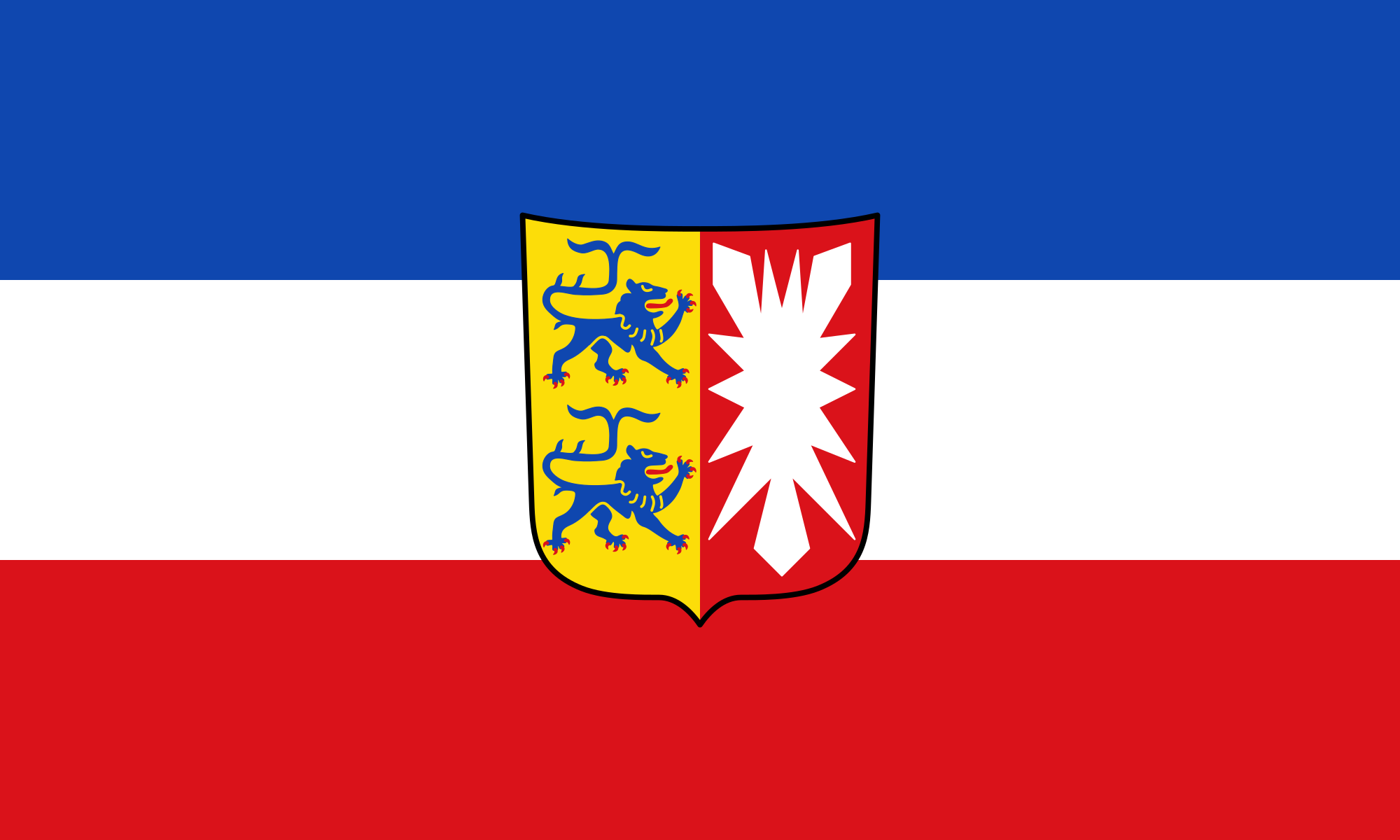 Schleswig-Holstein
Schleswig-Holstein
 Sweden
Sweden
 Spain
Spain
 Turkey
Turkey
 United Kingdom
United Kingdom

 Germany
Germany

 European Union
European Union
 European Parliament
European Parliament
 France
France
 Ireland
Ireland
 Italy
Italy
 Netherlands
Netherlands
 Poland
Poland
 Spain
Spain
 United Kingdom
United Kingdom
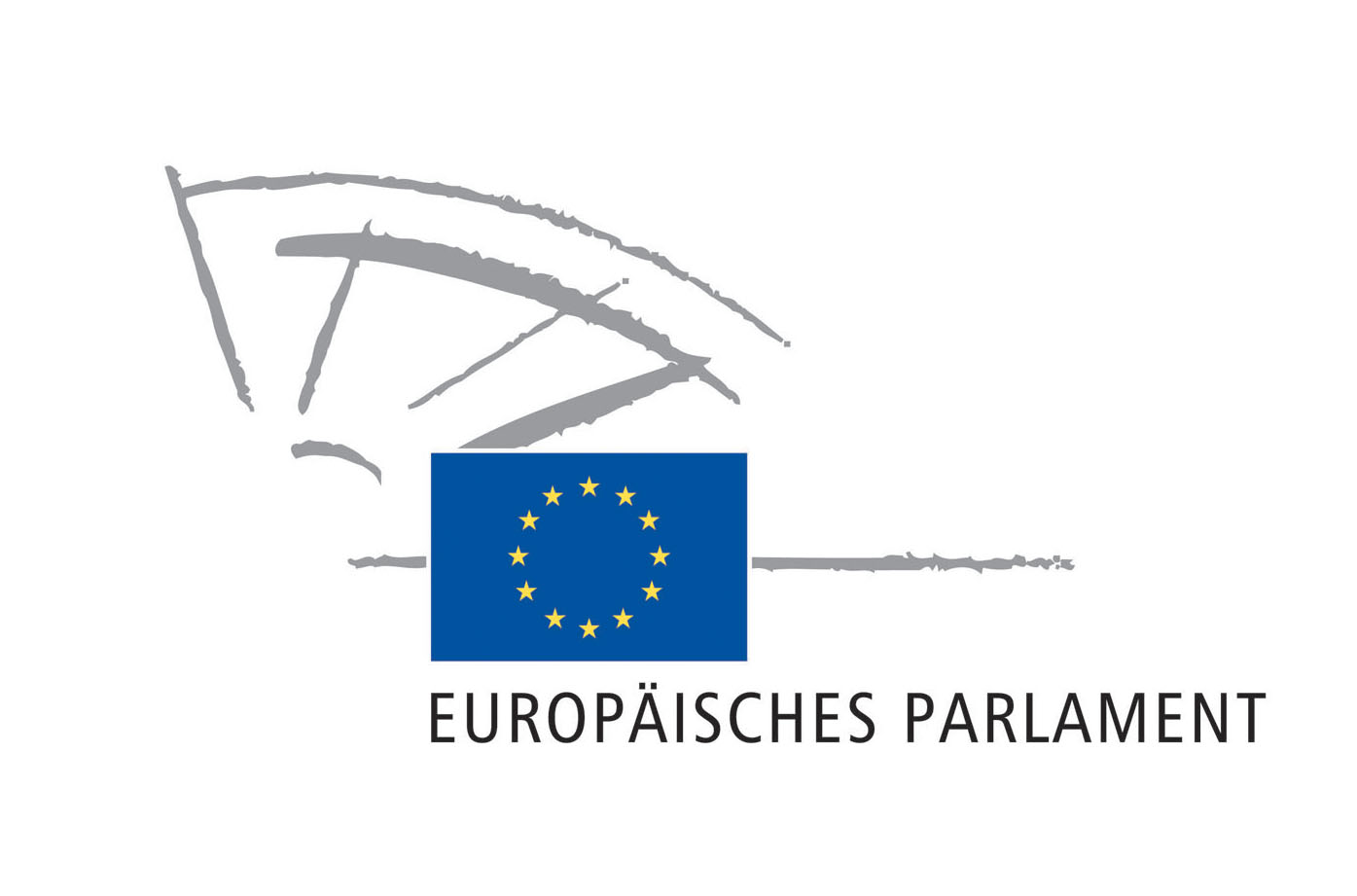
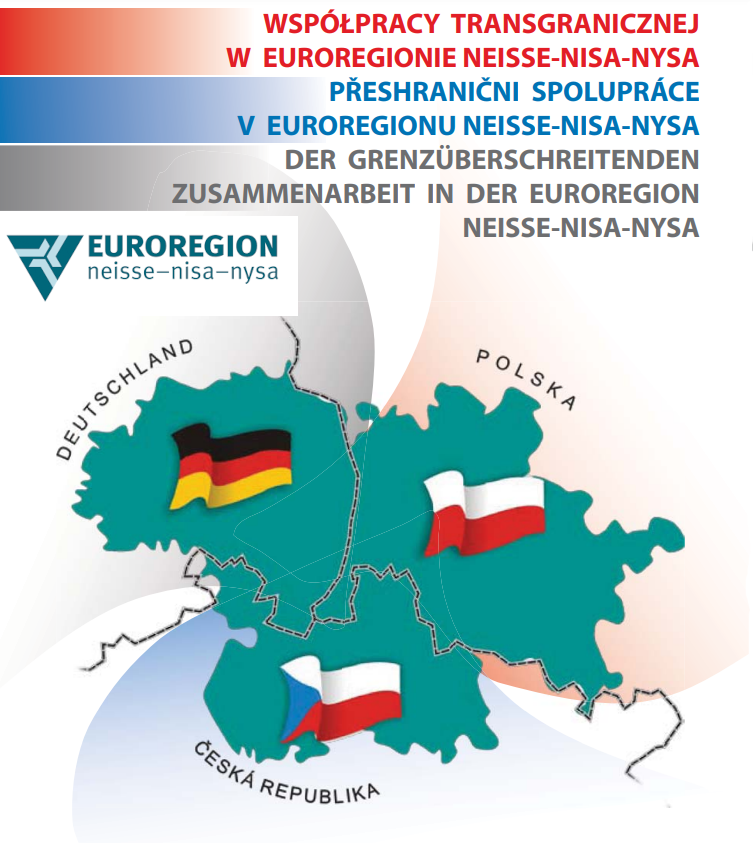
 Belgium
Belgium
 Denmark
Denmark
 Germany
Germany
 Estonia
Estonia
 Finland
Finland
 France
France

 History
History
 M 1500 - 2000 AD
M 1500 - 2000 AD

 History
History

 History
History
 N 2000 - 2100 AD
N 2000 - 2100 AD
 Greece
Greece

 Ile-de-France
Ile-de-France
 Ireland
Ireland
 Italy
Italy

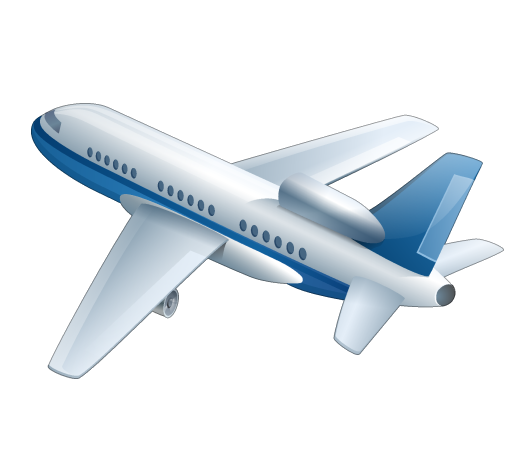
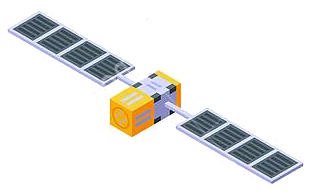
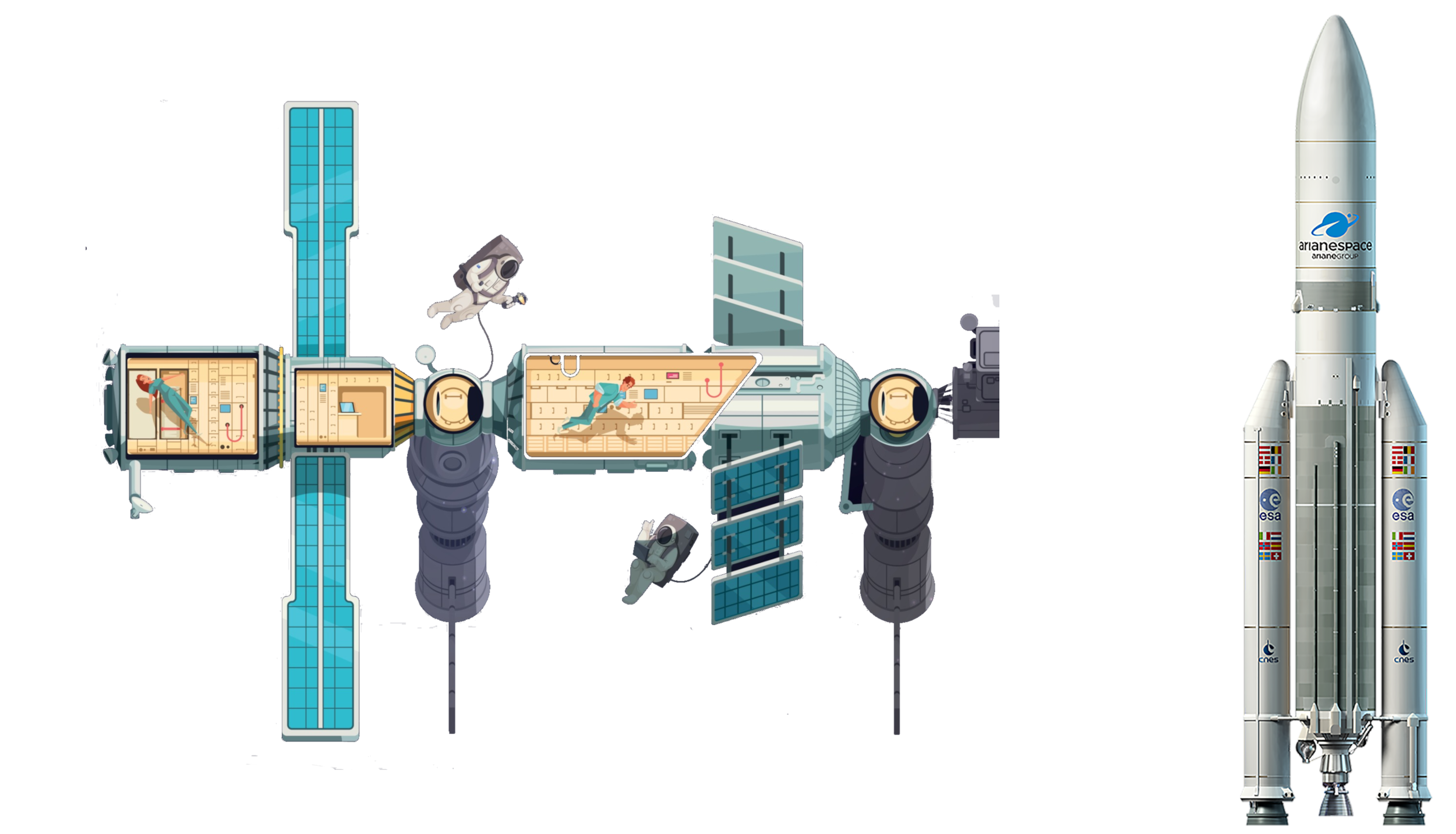 Aerospace
Aerospace
 *ASI
*ASI



 Aerospace
Aerospace
 *CNES
*CNES



 Aerospace
Aerospace
 *DLR
*DLR



 Aerospace
Aerospace
 *NASA
*NASA



 Aerospace
Aerospace
 Missions to Mars
Missions to Mars



 Aerospace
Aerospace
 Artemis program
Artemis program
 Luxembourg
Luxembourg
 Netherlands
Netherlands
 Norwegen
Norwegen
 Austria
Austria
 Poland
Poland
 Portugal
Portugal
 Romania
Romania
 Sweden
Sweden
 Switzerland
Switzerland
 Spain
Spain
 Czech Republic
Czech Republic
 Hungary
Hungary
 United Kingdom
United Kingdom

 Science and technology
Science and technology
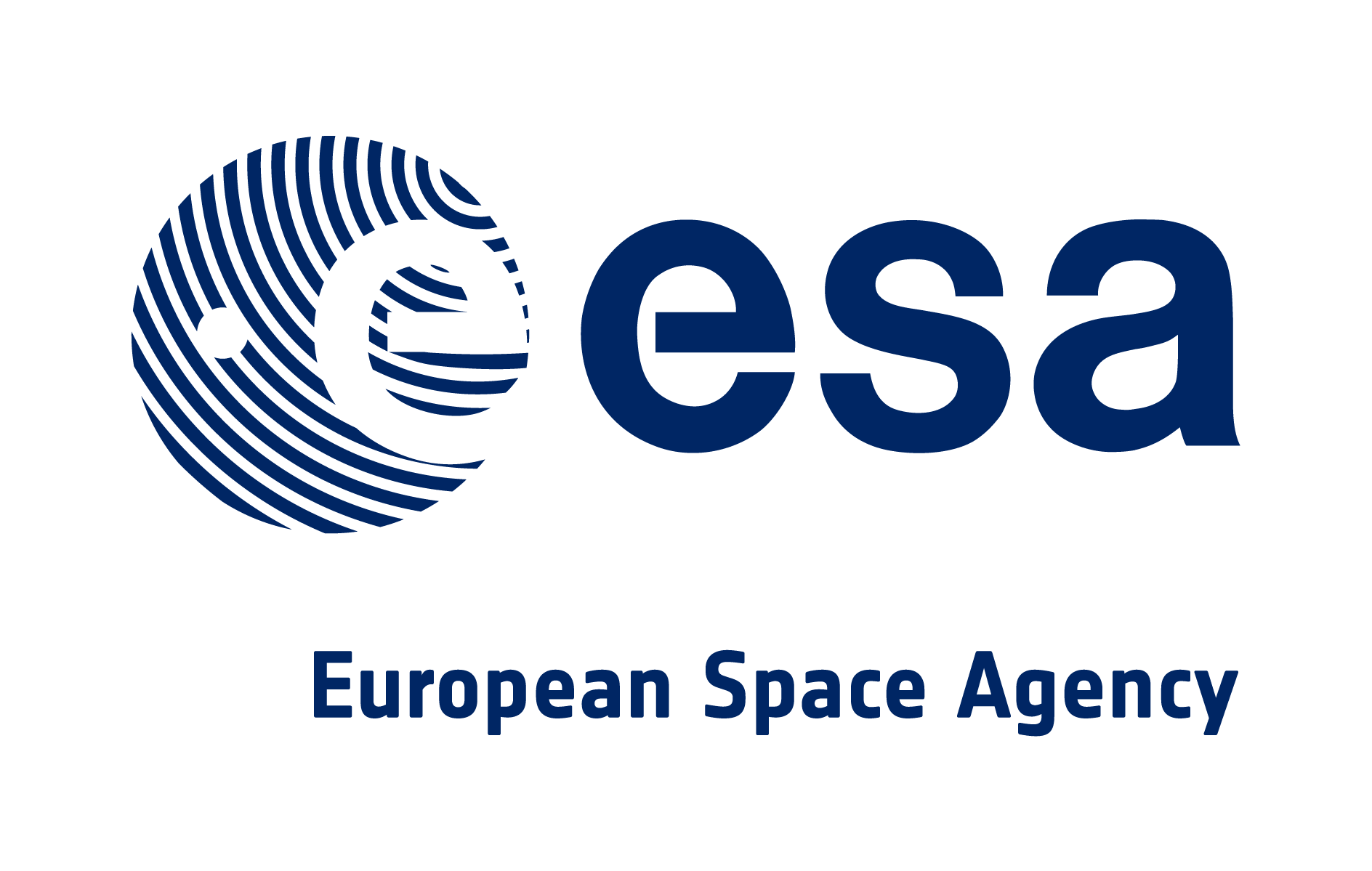
Die Europäische Weltraumorganisation, englisch European Space Agency (ESA), französisch Agence spatiale européenne (ASE), ist eine internationale Weltraumorganisation mit Sitz in Paris. Sie wurde am 30. Mai 1975 mit dem Übereinkommen zur Gründung einer Europäischen Weltraumorganisation mit Unterzeichnung unter das Abkommen durch die zunächst noch neun ursprünglichen Gründungsmitglieder in Paris gegründet.[3] Nach Hinterlegung der letzten Ratifikationsurkunde durch Frankreich trat am 30. Oktober 1980 gemäß Artikel XXI Absatz 1 des Übereinkommens die Gründung dann in Kraft.[3][4][5]
Die Gründung bezweckte eine bessere Koordinierung der europäischen Raumfahrtaktivitäten, um technologisch gegenüber den Raumfahrtnationen Sowjetunion und Vereinigte Staaten gleichberechtigt auftreten zu können. Sie hat 22 Mitgliedstaaten und beschäftigte 2017 etwa 2200 Mitarbeiter.[6]
Die ESA ist die Nachfolgeorganisation der europäischen ELDO, ESRO und der Europäischen Fernmeldesatelliten-Konferenz (CETS). Wie diese beschränkt sie sich gem. Art. II ihres Statuts in ihren europäischen Projekten zur Weltraumerforschung und -nutzung auf „ausschließlich friedliche Zwecke“.
Die Mehrzahl der EU-Staaten ist an der ESA beteiligt. Daneben engagieren sich dort auch die Schweiz und Norwegen. Die ESA kooperiert zunehmend mit der EU[7] sowie den nationalen Raumfahrtagenturen insbesondere Deutschlands und Frankreichs.[8]
Die ESA ist gemeinsam mit der NASA Gründungsmitglied des Consultative Committee for Space Data Systems (CCSDS).
欧洲航天局(欧空局)是在1975年由一个政府间会议设立的,目标是专门为和平目的提供和促进欧洲国在空间研究、空间技术和应用方面的合作。它的前身是欧洲航天研究组织和欧洲航天器发射装置研制组织。
欧空局有14个成员国:奥地利、比利时、丹麦、芬兰、法国、德国、爱尔兰、意大利、荷兰、挪威、西班牙、瑞典、瑞士、大不列颠及北爱尔兰联合王国。加拿大与欧空局订有一个密切合作的协定。
欧空局由各成员国代表组成的理事会领导,行政首长是总干事。欧空局1997年预算约为30亿埃居(35亿美元)。雇用的工作人员约为1,750人。
成员国必须参加强制性的科学和基础技术方案,但自行决定对地球观测、电信、空间运输系统、空间站和微重力方面的各个任选方案的贡献。
欧空局有下列机构:
(a)设在巴黎的总部,政治决定在此作出;
(b)设在荷兰诺德韦克的欧洲航天研究和技术中心,它是欧空局的主要技术机构,大多数项目小组以及空间科学部和技术研究和支助工程师在此工作。欧洲航天研究和技术中心还提供有关的试验设施;
(c)设在德国达姆施塔特的欧洲航天空间操作中心,它负责所有卫星操作以及相应的地面设施和通信网络;
(d)设在意大利弗拉斯卡蒂的欧洲航天研究所,它的主要任务是利用来自空间的地球观测数据;
(e)设在德国porz-Wahn的欧洲航天员中心,它协调所有欧洲航天员活动,包括未来欧洲航天员的培训。
欧空局还对设在库鲁的欧洲航天港圭亚那航天中心作出贡献。(Quelle:http://www.cnsa.gov.cn/n615708/n620174/n620669/n888645/67008.html)
欧洲空间局(法语:Agence spatiale européenne,缩写:ASE; 英语:European Space Agency,缩写:ESA)是由欧洲数国政府组成的的国际空间探测和开发组织,总部设在法国首都巴黎。欧洲空间局负责阿丽亚娜4号和阿丽亚娜5号火箭运载火箭的研制与开发。
欧洲空间局的前身,欧洲航天研究组织(European Space Research Organization,ESRO)经过1962年6月14日签署的一项协议,于1964年3月20日建立。如今它仍旧是ESA的一部分,称为欧洲空间研究与技术中心,位于荷兰诺德韦克。
ESA目前共有19个成员国:奥地利、比利时、捷克、丹麦、芬兰、法国、德国、希腊、爱尔兰、意大利、卢森堡、荷兰、挪威、葡萄牙、西班牙、瑞典、瑞士、罗马尼亚以及英国;另外,加拿大是ESA的准成员国(Associate Member)。法国是其主要贡献者(参见法国国家空间研究中心)。目前,ESA与欧盟没有关系。欧盟辖下另有欧盟卫星中心(European Union Satellite Centre)。
ESA共有约2200名工作人员。其2011年的预算约为40亿欧元。
ESA的航天发射中心位于南美洲北部大西洋海岸的法属圭亚那,占地约90600平方公里,属法国国家空间研究中心领导,主要负责科学卫星、应用卫星和探空火箭的发射以及与此有关的一些运载火箭的试验和发射。由于此地靠近赤道, 对火箭发射具有很大益处:纬度低,从发射点到入轨点的航程大大缩短,三子级不必二次启动;相同发射方位角的轨道倾角小,远地点变轨所需要的能量小,增加了 同步轨道的有效载荷;向北和向东的海面上有一个很宽的发射弧度;人口、交通、气象条件理想等。目前,航天中心有阿里安第一、第二、第三发射场,是欧洲航天 活动的主要基地。控制中心则位于德国的达姆施塔特。
欧州宇宙機関(おうしゅううちゅうきかん、仏: Agence spatiale européenne[1], ASE、英: European Space Agency, ESA)は、1975年5月30日にヨーロッパ各国が共同で設立した、宇宙開発・研究機関である。設立参加国は当初10か国、現在は19か国が参加し、2000人を超えるスタッフがいる。
本部はフランスに置かれ、その活動でもフランス国立宇宙センター (CNES) が重要な役割を果たし、ドイツ・イタリアがそれに次ぐ地位を占める。主な射場としてフランス領ギアナのギアナ宇宙センターを用いている。
人工衛星打上げロケットのアリアンシリーズを開発し、アリアンスペース社(商用打上げを実施)を通じて世界の民間衛星打ち上げ実績を述ばしている。2010年には契約残数ベースで過去に宇宙開発などで存在感を放ったソビエト連邦の後継国のロシア、スペースシャトル、デルタ、アトラスといった有力な打ち上げ手段を持つアメリカに匹敵するシェアを占めるにおよび[2]、2014年には受注数ベースで60%のシェアを占めるにいたった[3][4]。
ESA は欧州連合と密接な協力関係を有しているが、欧州連合の専門機関ではない。加盟各国の主権を制限する超国家機関ではなく、加盟国の裁量が大きい政府間機構として形成された。リスボン条約によって修正された欧州連合の機能に関する条約の第189条第3項では、「欧州連合は欧州宇宙機関とのあいだにあらゆる適切な関係を築く」と規定されている。
The European Space Agency (ESA; French: Agence spatiale européenne, ASE;[4][5] German: Europäische Weltraumorganisation) is an intergovernmental organisation of 22 member states[6] dedicated to the exploration of space. Established in 1975 and headquartered in Paris, France, ESA has a worldwide staff of about 2,000[7] and an annual budget of about €5.25 billion / US$5.77 billion (2016).[8]
ESA's space flight programme includes human spaceflight (mainly through participation in the International Space Station program); the launch and operation of unmanned exploration missions to other planets and the Moon; Earth observation, science and telecommunication; designing launch vehicles; and maintaining a major spaceport, the Guiana Space Centre at Kourou, French Guiana. The main European launch vehicle Ariane 5 is operated through Arianespace with ESA sharing in the costs of launching and further developing this launch vehicle. The agency is also working with NASA to manufacture the Orion Spacecraft service module, that will fly on the Space Launch System.[9][10]
The agency's facilities are distributed among the following centres:
- ESA science missions are based at ESTEC in Noordwijk, Netherlands;
- Earth Observation missions at ESA Centre for Earth Observation in Frascati, Italy;
- ESA Mission Control (ESOC) is in Darmstadt, Germany;
- the European Astronaut Centre (EAC) that trains astronauts for future missions is situated in Cologne, Germany;
- a research institute created in 2009, the European Centre for Space Applications and Telecommunications (ECSAT), is at Harwell, England;
- and the European Space Astronomy Centre (ESAC) is located in Villanueva de la Cañada, Madrid, Spain.
L’Agence Spatiale Européenne (ASE ; en anglais : European Space Agency et en allemand : Europäische Weltraumorganisation), le plus souvent désignée par son sigle anglophone ESA, est une agence spatiale intergouvernementale coordonnant les projets spatiaux menés en commun par une vingtaine de pays européens. L'agence spatiale, qui par son budget (5 750 millions d'euros en 2017) est la troisième agence spatiale dans le monde après la NASA et l'agence spatiale fédérale russe, a été fondée le 31 mai 1975. Les activités de l'agence couvrent l'ensemble du domaine spatial : les sciences avec l'astrophysique, l'exploration du Système solaire, l'étude du Soleil et la physique fondamentale ; l'étude et l'observation de la Terre avec des satellites spécialisés ; le développement de lanceurs ; les vols habités à travers sa participation à la Station spatiale internationale et à Orion ; la navigation par satellite avec le programme Galileo ; les télécommunications spatiales pour lesquelles l'agence finance la mise au point de nouveaux concepts ; la recherche dans le domaine des technologies spatiales. L'ESA participe également à des programmes spatiaux initiés par d'autres agences spatiales.
La stratégie est définie par un conseil dans lequel chaque pays membre dispose d'un représentant. Les programmes initiés par l'agence, qui représentent 75 % du budget, sont financés directement par les pays membres. Ceux-ci versent une contribution proportionnelle à leur PIB pour le financement de 20 % du budget (programme scientifique et frais généraux) et participent dans des proportions de leur choix aux programmes facultatifs. Le quart du budget est fourni par l'Union européenne et EUMETSAT pour le développement du segment spatial de ces programmes gérés par ces institutions (programme Galileo, satellites météorologiques, GMES/Copernicus). Certains des pays membres conservent, à côté de leur participation aux programmes européens, des programmes spatiaux purement nationaux.
L'agence spatiale européenne, qui a son siège à Paris, confie après sélection sur appel d'offres les travaux de recherche et le développement des engins spatiaux aux universités, instituts et industriels des pays membres en appliquant le principe du « retour géographique » : les dépenses de l'agence dans chaque pays sont au prorata de la contribution. L'agence emploie environ 2 233 personnes (2016) et dispose de plusieurs établissements spécialisés. Son centre principal est l'ESTEC aux Pays-Bas qui est dédié à la conception et aux tests des engins spatiaux. Les autres centres importants sont l'ESOC en Allemagne (suivi et contrôle des missions en cours) et l'ESTRACK (réseau mondial d'antennes paraboliques, pour assurer la liaison avec les engins spatiaux). L'ESA utilise aussi les installations du centre de lancement de Kourou, établissement du CNES pour le lancement de ses fusées.
L'Agenzia spaziale europea, ufficialmente denominata Agence spatiale européenne (dal francese; in acronimo ASE[2]) o, più frequentemente, European Space Agency (dall'inglese; in acronimo ESA), è un'agenzia internazionale fondata nel 1975 incaricata di coordinare i progetti spaziali di 22 Paesi europei[3]. Il suo quartier generale si trova a Parigi, in Francia[4], con uffici a Mosca, Bruxelles, Washington e Houston. Il personale dell'ESA del 2016 ammontava a 2 200 persone (esclusi sub-appaltatori e le agenzie nazionali) e il budget era di 5,25 miliardi di euro[5]. Attualmente il direttore generale dell'agenzia è Johann-Dietrich Woerner.
Lo spazioporto dell'ESA è il Centre Spatial Guyanais a Kourou,[6] nella Guyana francese, un sito scelto, come tutte le basi di lancio, per via della sua vicinanza con l'equatore. Durante gli ultimi anni il lanciatore Ariane 5 ha consentito all'ESA di raggiungere una posizione di primo piano nei lanci commerciali e l'ESA è il principale concorrente della NASA nell'esplorazione spaziale.
Le missioni scientifiche dell'ESA hanno le loro basi all'ESTEC di Noordwijk, nei Paesi Bassi.[7] Lo European Space Operations Centre (ESOC), di Darmstadt in Germania[8], è responsabile del controllo dei satelliti ESA in orbita. Le responsabilità dello European Space Research Institute (ESRIN) di Frascati, in Italia, includono la raccolta, l'archiviazione e la distribuzione di dati satellitari ai partner dell'ESA; oltre a ciò, la struttura agisce come centro di informazione tecnologica per l'intera agenzia[9]. Lo European Astronaut Centre (EAC) è situato a Colonia, in Germania[10], ed è un centro per la selezione, l'addestramento, il supporto medico degli astronauti, oltre al supporto per le preparazioni al lancio e durante le missioni. Infine lo European Space Astronomy Centre (ESAC), situata a Villanueva de la Cañada[11], è il centro ESA per la ricerca astronomica.
La Agencia Espacial Europea (en inglés: European Space Agency, en francés: Agence spatiale européenne; abreviada ESA por sus siglas inglesas y ASE2 por sus siglas francesas) es una organización internacional dedicada a la exploración espacial, con 22 Estados miembros.3 Fue constituida el 31 de mayo de 1975.4 Emplea a unas 2000 personas (excluyendo subcontratados)56 y tiene un presupuesto anual de 5600 millones de euros para el año 2018.1 La sede principal de la ESA está en París, Francia, aunque las estructuras de la ESA están muy descentralizadas.
ЕКА состоит из 22 постоянных членов, в некоторых проектах также принимает участие Канада.
Штаб-квартира Агентства находится в Париже. В Нордвейке (Нидерланды) расположен Европейский центр космических исследований и технологий. Европейский космический центр управления расположен в Дармштадте (Германия). В другом германском городе, Кёльне, расположен Европейский центр астронавтов. Центр наблюдения за Землёй и информационный центр Европейского космического агентства находятся во Фраскати под Римом (Италия). Для запусков создаваемых космических аппаратов используется космодром Куру во Французской Гвиане. ЕКА имеет контактные офисы в Бельгии, США и России и наземные станции слежения по всему миру.
В агентстве постоянно работает 1907 человек (2005), а его бюджет составляет более 4 миллиардов евро (2012).
 Belgium
Belgium
 Breakthrough Prize
Breakthrough Prize
 Fundamental Physics Breakthrough Prize
Fundamental Physics Breakthrough Prize
 Bulgaria
Bulgaria
 Denmark
Denmark
 Germany
Germany
 Finland
Finland
 France
France
 Greece
Greece
 Israel
Israel
 Italy
Italy
 Netherlands
Netherlands
 Norwegen
Norwegen
 Austria
Austria
 Poland
Poland
 Portugal
Portugal
 Romania
Romania
 Sweden
Sweden
 Serbia
Serbia
 Slovakia
Slovakia
 Spain
Spain
 Czech Republic
Czech Republic
 Hungary
Hungary
 United Kingdom
United Kingdom

 Important International Organizations
Important International Organizations

 Science and technology
Science and technology
 *World famous research institutions
*World famous research institutions
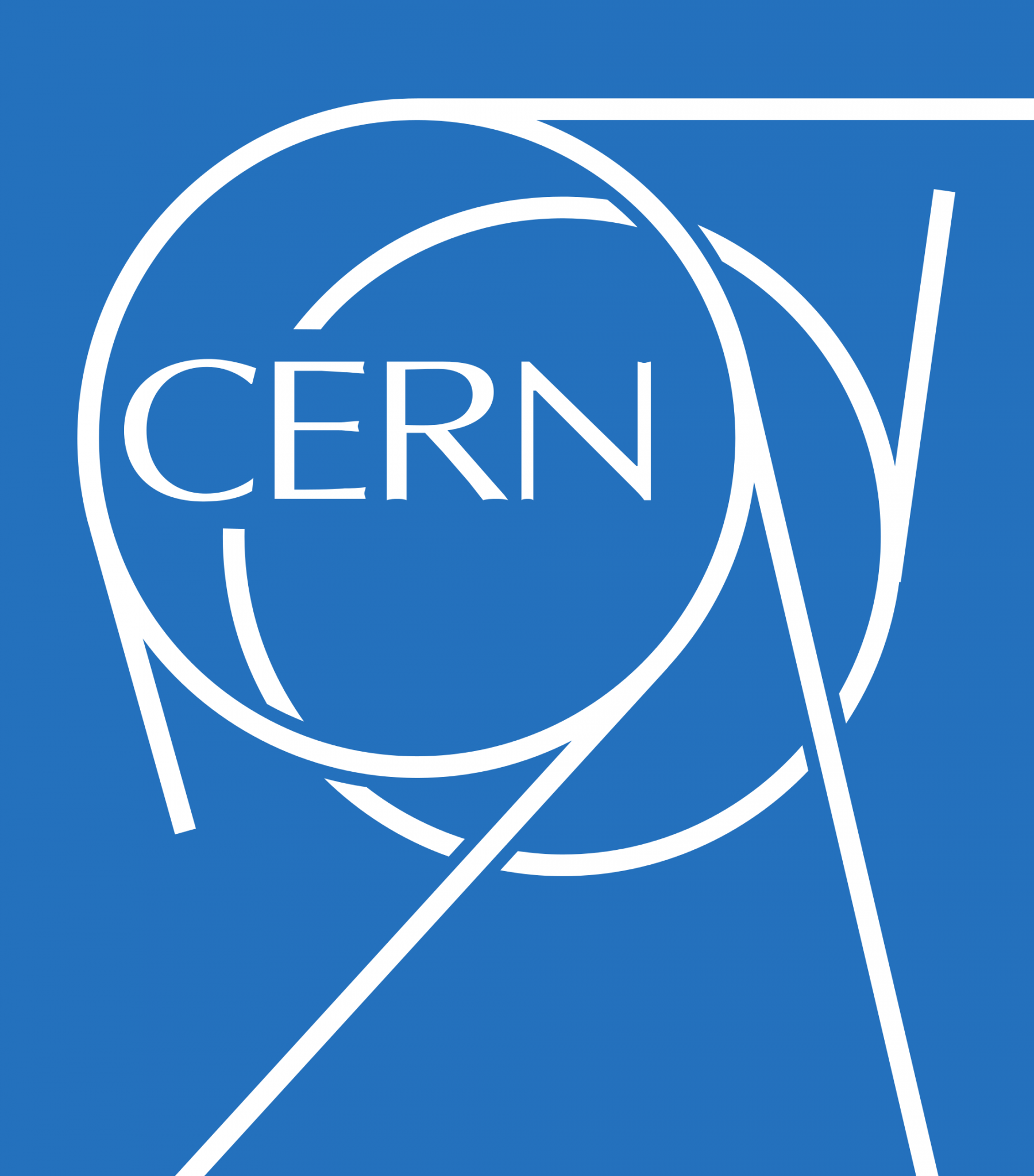
Das CERN, die Europäische Organisation für Kernforschung, ist eine Großforschungseinrichtung bei Meyrin im Kanton Genf in der Schweiz. Am CERN wird physikalische Grundlagenforschung betrieben, insbesondere wird mit Hilfe großer Teilchenbeschleuniger der Aufbau der Materie erforscht. Der derzeit bedeutendste ist der Large Hadron Collider, der 2008 in Betrieb genommen wurde.
Das Akronym CERN leitet sich vom französischen Namen des Rates ab, der mit der Gründung der Organisation beauftragt war, dem Conseil européen pour la recherche nucléaire. Die offiziellen Namen des CERN sind European Organization for Nuclear Research im Englischen beziehungsweise Organisation européenne pour la recherche nucléaire im Französischen.[1]
Derzeit hat das CERN 22 Mitgliedstaaten. Mit etwa 3.200 Mitarbeitern (Stand: 31. Dezember 2015)[2] ist das CERN das weltweit größte Forschungszentrum auf dem Gebiet der Teilchenphysik. Über 10.000 Gastwissenschaftler[2] aus 85 Nationen arbeiten an CERN-Experimenten. Das Jahresbudget des CERN belief sich 2014 auf ungefähr 1,11 Milliarden Schweizer Franken (ca. 1 Milliarde Euro).[3]
Das CERN ist außerdem der Geburtsort des World Wide Web.[4]
欧洲核子研究中心(法语:Organisation Européenne pour la Recherche Nucléaire;英文:European Organization for Nuclear Research,通常被简称为CERN ),是世界上最大的粒子物理学实验室,也是万维网的发祥地。它成立于1954年9月29日,总部位于瑞士日内瓦西北部郊区的法瑞边境上,享有治外法权。CERN目前有21个成员国。以色列是第一个也是目前唯一一个非欧洲成员国。
CERN也被用来称呼它的实验室,其主要功能是为高能物理学研究的需要,提供粒子加速器和其它基础设施,以进行许多国际合作的实验。同时也设立了资料处理能力很强的大型电脑中心,协助实验数据的分析,供其他地方的研究员使用,形成了一个庞大的网络中枢。
欧洲核子研究中心现在已经聘用大约三千名的全职员工。并有来自80个国籍的大约6500位科学家和工程师,代表500余所大学机构,在CERN进行试验。这大约占了世界上的粒子物理学圈子的一半。
粒子物理学博物馆欢迎一般公众在办公时间参观。除此之外,事前预约的话每天上下午共有两个时段可以参观实际的实验工作,并备有导览说明。导览员来自各国的实验合作者,可以提供多种语言的向导。

Das Eurokorps ist ein multinationales militärisches Hauptquartier der Staaten Deutschland, Frankreich, Belgien, Spanien, Luxemburg und Polen (Rahmennationen), das allen Mitgliedsstaaten der EU und den NATO-assoziierten Staaten offensteht. Es besteht aus einem Stab mit Unterstützungseinheiten mit rund 1.100 Soldaten und kann bis zu 60.000 Soldaten führen. Das Eurokorps plant Militäreinsätze im gesamten Einsatz- und Intensitätsspektrum und führt diese durch. Es stellt Kräfte für EU- und NATO-Missionen, u. a. für die schnelle Eingreiftruppe der NATO.
欧洲军团是欧洲的一个跨国军事组织,其共有约一千名士兵,驻扎于法国斯特拉斯堡。该组织在1992年5月建设总部,1995年开始正式运作。1987年成立的法德混合旅是其关键组成部分。[1]
欧洲军团不从属于任何其他军事组织,[1] 成员国组成的大会及一些官员决定它的部署。
 Belgium
Belgium
 Bulgaria
Bulgaria
 Denmark
Denmark
 Germany
Germany
 Estonia
Estonia

 European Union
European Union
 Member States of the European Union
Member States of the European Union
 Finland
Finland
 France
France

 History
History

 History
History

 History
History
 N 2000 - 2100 AD
N 2000 - 2100 AD
 Greece
Greece

 Hand in Hand
Hand in Hand
 Ireland
Ireland
 Italy
Italy
 Croatia
Croatia
 Latvia
Latvia
 Lithuania
Lithuania
 Luxembourg
Luxembourg
 Malta
Malta
 Netherlands
Netherlands
 Nobel prize
Nobel prize
 Nobel Peace Prize
Nobel Peace Prize
 Nobel prize
Nobel prize
 2012
2012
 Austria
Austria

 Party and government
Party and government
 Group of the twenty most important industrial and emerging countries
Group of the twenty most important industrial and emerging countries

 Party and government
Party and government
 Group of Seven,G7
Group of Seven,G7
 Poland
Poland
 Portugal
Portugal
 Romania
Romania
 Sweden
Sweden
 Slovakia
Slovakia
 Slovenia
Slovenia
 Spain
Spain
 Czech Republic
Czech Republic
 Hungary
Hungary

 Economy and trade
Economy and trade
 Free trade agreement
Free trade agreement
 Cyprus
Cyprus
Die Europäische Union (EU) ist ein Verbund von derzeit 28 Mitgliedstaaten. Außerhalb von Europa umfasst die EU auch einige Überseegebiete. Sie hat insgesamt mehr als eine halbe Milliarde Einwohner. Gemessen am Bruttoinlandsprodukt ist der EU-Binnenmarkt der größte gemeinsame Wirtschaftsraum[7] der Erde. Die EU stellt eine eigenständige Rechtspersönlichkeit dar und hat daher Einsichts- und Rederecht bei den Vereinten Nationen.[8] Die verbreitetsten Sprachen in der EU sind Englisch, Deutsch und Französisch. Im Jahre 2012 wurde die Europäische Union mit dem Friedensnobelpreis ausgezeichnet.[9]
Das politische System der EU, das sich im Zuge der europäischen Integration herausgebildet hat, basiert auf dem Vertrag über die Europäische Union und dem Vertrag über die Arbeitsweise der Europäischen Union. Es enthält sowohl überstaatliche als auch zwischenstaatliche Elemente. Während im Europäischen Rat und im Rat der Europäischen Union die einzelnen Staaten mit ihren Regierungen vertreten sind, repräsentiert das Europäische Parlament bei der Rechtsetzung der EU unmittelbar die Unionsbürger. Die Europäische Kommission als Exekutivorgan und der EU-Gerichtshof als Rechtsprechungsinstanz sind ebenfalls überstaatliche Einrichtungen.
Die Anfänge der EU gehen auf die 1950er-Jahre zurück, als zunächst sechs Staaten die Europäische Wirtschaftsgemeinschaft (EWG) gründeten. Eine gezielte wirtschaftliche Verflechtung sollte militärische Konflikte für die Zukunft verhindern und durch den größeren Markt das Wirtschaftswachstum beschleunigen und damit den Wohlstand der Bürger steigern. Im Lauf der folgenden Jahrzehnte traten in mehreren Erweiterungsrunden weitere Staaten den Gemeinschaften (EG) bei. Ab 1985 wurden mit dem Schengener Übereinkommen die Binnengrenzen zwischen den Mitgliedsländern geöffnet. Nach dem Fall des Eisernen Vorhangs beziehungsweise der Auflösung des Ostblockes im Jahr 1989 änderte sich die geopolitische Lage in Europa grundlegend, womit sich Möglichkeiten zur Vertiefung der Integration, aber auch zur Vorbereitung von Erweiterungen im Osten ergaben. Mit dem Vertrag von Maastricht wurde 1992 die Europäische Union gegründet, die damit Zuständigkeiten in nichtwirtschaftlichen Politikbereichen bekam. In mehreren Reformverträgen, zuletzt im Vertrag von Lissabon, wurden die überstaatlichen Zuständigkeiten der EU ausgebaut und die demokratische Verankerung der politischen Entscheidungsprozesse auf Unionsebene nachgebessert, vor allem durch nochmalige Stärkung der Stellung des Europäischen Parlaments. Eine europäische Öffentlichkeit und Identität als Voraussetzung einer supranationalen Volkssouveränität bildet sich indes erst allmählich und nicht ohne Gegenströmungen heraus. Seit den 1980er-Jahren nahm mit den Kompetenzerweiterungen und dem damit einhergehenden Bedeutungsgewinn der EU auch die öffentliche Debatte über die Verfasstheit der EU an Intensität zu; dabei wurden auch EU-skeptische Positionen vermehrt artikuliert. Im Vertrag von Lissabon wurden im Jahr 2007 auch Austrittsszenarien geregelt.
Von den 28 EU-Staaten bilden 19 Staaten eine Wirtschafts- und Währungsunion. Im Jahr 2002 wurde eine gemeinsame Währung für diese Länder, der Euro, eingeführt. Im Rahmen des Raums der Freiheit, der Sicherheit und des Rechts arbeiten die EU-Mitgliedstaaten in der Innen- und Justizpolitik zusammen. Durch die gemeinsame Außen- und Sicherheitspolitik bemühen sie sich um ein gemeinsames Auftreten gegenüber Drittstaaten. Zukunftsbezogenes gemeinsames Handeln ist Gegenstand der Initiative Europa 2020, zu der unter anderem die Digitalpolitik gehört. Die Europäische Union hat Beobachterstatus in der G7, ist Mitglied in der G20 und vertritt ihre Mitgliedstaaten in der Welthandelsorganisation.
Die EU war 2016 der weltweit zweitgrößte Wirtschaftsraum nach nominalem (hinter den USA) sowie kaufkraftbereinigten Bruttoinlandsprodukt (hinter der Volksrepublik China). Als Staatenverbund ist sie der größte Güterproduzent und die größte Handelsmacht der Welt. Die Mitgliedsstaaten haben einen der höchsten Lebensstandards weltweit, wobei es jedoch auch innerhalb der EU deutliche Unterschiede zwischen einzelnen Ländern gibt. Im Index der menschlichen Entwicklung galten 2015 26 der 28 Mitgliedstaaten als „sehr hoch“ entwickelt.
Nach der Osterweiterung in den Jahren 2004 und 2007 ist die Europäische Union infolge der Finanzkrise ab 2007 und durch die Flüchtlingskrise ab 2015 in verschiedenen Mitgliedsstaaten einer zunehmenden EU-Skepsis von Teilen der Bevölkerung ausgesetzt, die sich unter anderem in dem Brexit-Referendum von 2016 niedergeschlagen hat. Unter dem Eindruck der Krisenerscheinungen und der Zunahme von rechtspopulistischen Tendenzen in den Mitgliedstaaten der Union wird die EU-Finalitätsdebatte neuerlich intensiv geführt. Einen auf die nähere Zukunft gerichteten, stark beachteten Reformplan hat der französische Staatspräsident Emmanuel Macron mit seiner Initiative für Europa vorgelegt.
欧洲联盟(英语:European Union;法语:Union européenne;德语:Europäische Union),简称欧盟(英语:EU;法语:UE;德语:EU),是根据1993年生效的《马斯特里赫特条约》(也称《欧洲联盟条约》)所建立的政治经济联盟,现拥有28个成员国,正式官方语言有24种。规范欧盟的条约经过多次修订,目前欧盟的运作方式依照《里斯本条约》。政治上所有成员国均为议会民主国家(2008年《经济学人》民主状态调查);经济上为仅次于以美国为首的北美自由贸易区的世界上第二大经济实体,德国、法国及意大利为欧盟三大核心成员国;军事上绝大多数欧盟成员国均为北大西洋公约组织成员。
欧盟的历史可追溯至1952年建立的欧洲煤钢共同体,当时只有六个成员国。1958年又成立了欧洲经济共同体和欧洲原子能共同体,1967年统合在欧洲各共同体之下,1993年又统合在欧洲联盟之下,欧盟已经渐渐地从贸易实体转变成经济和政治联盟。同时,欧洲经济共同体和后来的欧盟在1973年至2013年期间进行了八次扩大,成员国从6个增至28个。起初推动欧盟建立的动机,是渴望重建二战后损失惨重的欧洲,以及担忧欧洲会再度陷入战争泥潭。
欧盟的主要机构有欧洲委员会(成员国家首脑组成)、欧盟理事会(成员国家部长组成的欧盟的上议院)、欧盟委员会(欧盟的行政机构)、欧洲议会(欧盟的众议院,唯一的直接民选机构)、欧洲法院、欧洲中央银行等。此外,欧洲原子能共同体也在欧洲共同体的管辖范围之内,但在法律上是独立于欧盟的国际组织。
欧元由28个成员国中的19个采纳为流通货币;《申根条约》取消了部分成员国之间的边境管制,目前已有22个欧盟成员国和4个非成员国实施。
目前欧盟的主要议题有英国脱欧、欧盟的扩大、落实《里斯本条约》、全球暖化问题、非欧元区成员国加入欧元区、主权债务危机、移民危机等。
欧州連合(おうしゅうれんごう、英: European Union、略称:EU)は、マーストリヒト条約により設立されたヨーロッパの地域統合体。
欧州連合では欧州連合条約の発効前に調印されていた単一欧州議定書によって市場統合が実現し、またシェンゲン協定により域内での国境通過にかかる手続きなどの負担を大幅に削減した。さらに欧州連合条約発効後によって外交・安全保障分野と司法・内務分野での枠組みが新たに設けられ、ユーロの導入による通貨統合が進められている。このほかにも欧州議会の直接選挙が実施されたり、欧州連合基本権憲章が採択されたりするなど、欧州連合の市民の概念が具現化されつつある。加盟国数も欧州経済共同体設立を定めたローマ条約発効時の6か国から、2013年7月のクロアチア加盟により28か国にまで増えている。
The European Union (EU) is a political and economic union of 28 member states that are located primarily in Europe.[13] It has an area of 4,475,757 km2 (1,728,099 sq mi) and an estimated population of over 510 million. The EU has developed an internal single market through a standardised system of laws that apply in all member states in those matters (only) where members have agreed to act as one. EU policies aim to ensure the free movement of people, goods, services and capital within the internal market,[14] enact legislation in justice and home affairs and maintain common policies on trade,[15] agriculture,[16] fisheries and regional development.[17] For travel within the Schengen Area, passport controls have been abolished.[18] A monetary union was established in 1999 and came into full force in 2002 and is composed of 19 EU member states which use the euro currency.
The EU and European citizenship were established when the Maastricht Treaty was enacted in 1993.[19] The EU traces its origins to the European Coal and Steel Community (ECSC) and the European Economic Community (EEC), established, respectively, by the 1951 Treaty of Paris and 1957 Treaty of Rome. The original members of what came to be known as the European Communities were the Inner Six: Belgium, France, Italy, Luxembourg, the Netherlands, and West Germany. The Communities and its successors have grown in size by the accession of new member states and in power by the addition of policy areas to its remit. The latest major amendment to the constitutional basis of the EU, the Treaty of Lisbon, came into force in 2009. While no member state has left the EU or its predecessors, the United Kingdom signified an intention to leave after a membership referendum in June 2016 and is negotiating its withdrawal.
The European Union provides more foreign aid than any other economic union.[20] Covering 7.3% of the world population,[21] the EU in 2017 generated a nominal gross domestic product (GDP) of 19.670 trillion US dollars, constituting approximately 24.6% of global nominal GDP[22] and 16.5% when measured in terms of purchasing power parity.[23] Additionally, 27 out of 28 EU countries have a very high Human Development Index, according to the United Nations Development Programme. In 2012, the EU was awarded the Nobel Peace Prize.[24] Through the Common Foreign and Security Policy, the EU has developed a role in external relations and defence. The union maintains permanent diplomatic missions throughout the world and represents itself at the United Nations, the World Trade Organization, the G7 and the G20. Because of its global influence, the European Union has been described as an emerging superpower.[25]
L'Union européenne (UE)Note 4 est une association politico-économique sui generis de vingt-huit États européens qui délèguent ou transmettent par traité l’exercice de certaines compétences à des organes communautaires5,6. Elle s'étend sur un territoire de 4,5 millions de kilomètres carrés7, est peuplée de plus de 512 millions d'habitants3 et est la deuxième puissance économique mondiale en termes de PIB nominal derrière les États-Unis8,9,10. L’Union européenne est régie par le traité de Maastricht (TUE) et le traité de Rome (TFUE), dans leur version actuelle, depuis le 1er décembre 2009 et l'entrée en vigueur du traité de Lisbonne. Sa structure institutionnelle est en partie supranationale et en partie intergouvernementale : le Parlement européen est élu au suffrage universel direct, tandis que le Conseil européen et le Conseil de l'Union européenne (informellement le « Conseil des ministres ») sont composés de représentants des États membres. Le président de la Commission européenne est pour sa part élu par le Parlement sur proposition du Conseil européen. La Cour de justice de l'Union européenne est chargée de veiller à l'application du droit de l'Union européenne.
La déclaration du 9 mai 1950 de Robert Schuman, alors ministre français des Affaires étrangères, est considérée comme le texte fondateur de la construction européenne. Sous l’impulsion de personnalités politiques surnommées les « pères de l'Europe »11, comme Konrad Adenauer, Jean Monnet et Alcide De Gasperi, six États créent en 1951 la Communauté européenne du charbon et de l'acier. Après l’échec d'une Communauté européenne de défense en 1954, une Communauté économique européenne est instaurée en 1957 par le traité de Rome. La coopération économique est approfondie par l’Acte unique européen en 1986. En 1992, le traité de Maastricht prend la suite de l’Acte unique et institue une union politique qui prend le nom d’Union européenne et qui prévoit la création d'une union économique et monétaire dotée d’une monnaie unique : l’euro. Instituée en 1999, la zone euro compte dix-neuf États en 2017. De nouvelles réformes institutionnelles sont introduites en 1997 et en 2001. À la suite de l’échec d’un projet de constitution européenne après le refus par référendum des peuples français et néerlandais, les institutions sont à nouveau réformées en 2009 par le traité de Lisbonne pour y intégrer les mesures prévues par ce projet de constitution.
Depuis la formation de la CEE, le nombre d'États membres est passé de 6 à 28. Les membres fondateurs de la Communauté économique européenne, en 1957, sont l'AllemagneNote 5, la Belgique, la France, l'Italie, le Luxembourg et les Pays-Bas. Ils sont rejoints en 1973 par trois membres de l'Association européenne de libre-échange : le Danemark, l'Irlande et le Royaume-Uni. L'Union s'élargit vers le sud avec d'abord l'adhésion de la Grèce en 1981, puis celle de l'Espagne et du Portugal en 1986. Entretemps, en 1985, le Groenland a décidé de se retirer en ratifiant le Traité sur le Groenland et a désormais le statut de pays et territoire d'outre-mer associé. Avec la fin de la Guerre froide, la partie orientale de l'Allemagne rejoint la Communauté économique européenne en 1990Note 6. L'Union européenne intègre en 1995 des États neutres : l'Autriche, la Finlande et la Suède. En 2004, dix nouveaux États, en majorité issus du bloc de l'Est, s'ajoutent aux quinze déjà membres : Chypre, l'Estonie, la Hongrie, la Lettonie, la Lituanie, Malte, la Pologne, la Slovaquie, la Slovénie et République tchèque. Deux États supplémentaires, la Bulgarie et la Roumanie, complètent en 2007 ce cinquième élargissement, Enfin, en 2013, la Croatie rejoint l'Union12. Le 23 juin 2016, les citoyens britanniques votent en majorité pour la sortie du Royaume-Uni de l'Union européenne dans le cadre d'un référendum. La procédure de retrait est enclenchée le 29 mars 2017 par l'activation de l'article 50 du traité sur l'Union européenne.
Le 12 octobre 2012, le prix Nobel de la paix est attribué à l'Union européenne pour « sa contribution à la promotion de la paix, la réconciliation, la démocratie et les droits de l'Homme en Europe »13.
L'Unione europea (abbreviata in UE o Ue, pron. /ˈue/[12]) è un'organizzazione internazionale politica ed economica a carattere sovranazionale, che comprende 28 paesi membri indipendenti e democratici. La sua formazione risale al trattato di Roma del 25 marzo 1957, la denominazione attuale al trattato di Maastricht del 7 febbraio 1992 (entrato in vigore il 1º novembre 1993), e l'istituzione ufficiale al 2002 con l'avvento della valuta unica ed il successivo trattato di Lisbona, dopo un lungo percorso intrapreso dalle Comunità europee precedentemente esistenti e attraverso la stipulazione di numerosi trattati, che hanno contribuito al processo di integrazione europea.
Questa garantisce la libera circolazione di persone, merci, servizi e capitali all'interno del suo territorio attraverso un mercato europeo comune e la cittadinanza dell'Unione europea, promuove la pace, i valori e il benessere dei suoi popoli, lotta contro l'esclusione sociale e la discriminazione, favorisce il progresso scientifico e tecnologico e mira alla stabilità politica, alla crescita economica e alla coesione sociale e territoriale tra gli stati membri[13], cercando di attenuare le differenze socio-economiche tra i vari stati membri e incrementarne il benessere socio-economico.
Le competenze dell'Unione europea spaziano dalle politiche economiche (agricoltura e commercio) agli affari esteri, alla difesa e alla protezione ambientale, con una politica agraria comune, una politica estera comune e la presenza di fondi strutturali per il raggiungimento degli obiettivi socio-economici preposti. In alcuni di questi campi tali funzioni la rendono dunque simile a una federazione di stati (per es. per quanto riguarda gli affari monetari o le politiche ambientali), mentre in altri settori l'Unione è più vicina a una confederazione (mancando di una Costituzione, ordinamento giuridico, politica interna e politica industriale comuni) o a un'organizzazione politica sovranazionale (come per la politica estera).
Le politiche di unione economica e monetaria dell'Unione europea hanno portato nel 2002 all'introduzione di una moneta unica, l'euro, attualmente adottato da 19 stati dell'Unione, che formano la cosiddetta eurozona, con una politica monetaria comune regolata dalla Banca centrale europea (BCE).
Il 12 ottobre 2012 è stata insignita del premio Nobel per la pace, con la seguente motivazione: «per oltre sei decenni ha contribuito all'avanzamento della pace e della riconciliazione, della democrazia e dei diritti umani in Europa».[14]
La Unión Europea (UE) es una comunidad política de derecho constituida en régimen sui géneris de organización internacional nacida para propiciar y acoger la integración y gobernanza en común de los Estados y los pueblos de Europa. Está compuesta por veintiocho Estados europeos y fue establecida con la entrada en vigor del Tratado de la Unión Europea (TUE) el 1 de noviembre de 1993.6
Con ese acto, la supraestructura «Unión Europea» aunaba y se fundaba sobre las tres Comunidades Europeas preexistentes —la Comunidad Europea del Carbón y del Acero (CECA), la Comunidad Europea de la Energía Atómica (Euratom) y la Comunidad Económica Europea (CEE/CE)— y les añadía la política exterior común y la cooperación judicial y policial, formando un sistema complejo conocido como «los tres pilares». Sin embargo, con la entrada en vigor el 1 de diciembre de 2009 del Tratado de Lisboa, la Unión Europea sucedió, por completo aunque con ciertas particularidades, a las Comunidades Europeas y asumió con ello su personalidad jurídica única como sujeto de derecho internacional.7
La Unión Europea ha desarrollado un sistema jurídico y político, el comunitario europeo, único en el mundo, que se rige por mecanismos y procedimientos de funcionamiento interno complejos, que se han extendido y evolucionado a lo largo de su historia hasta conformar, en la actualidad, un sistema híbrido de gobierno transnacional difícilmente homologable que combina elementos próximos a la cooperación multilateral, si bien fuertemente estructurada e institucionalizada, con otros de vocación netamente supranacional, regidos ambos por una dinámica de integración regional muy acentuada.
Todo esto desemboca en una peculiarísima comunidad de Derecho, cuya naturaleza jurídica y política es muy discutida, si bien sus elementos fundacionales y su evolución histórica, todavía abierta, apuntan, en el presente, a una especial forma de moderna confederación o gobernanza supranacional, acusadamente institucionalizada y con una inspiración histórico-política de vocación federal —en el sentido de un federalismo internacional n
 Albania
Albania
 Andorra
Andorra
 Armenia
Armenia
 Azerbaijan
Azerbaijan
 Belgium
Belgium
 Bosnia Herzegovina
Bosnia Herzegovina
 Bulgaria
Bulgaria
 Denmark
Denmark
 Germany
Germany
 Estonia
Estonia
 Finland
Finland
 France
France
 Georgia
Georgia
 Greece
Greece
 Ireland
Ireland
 Iceland
Iceland
 Italy
Italy
 Croatia
Croatia
 Latvia
Latvia
 Liechtenstein
Liechtenstein
 Lithuania
Lithuania
 Luxembourg
Luxembourg
 Malta
Malta
 Moldawien
Moldawien
 Monaco
Monaco
 Montenegro
Montenegro
 Netherlands
Netherlands
 Nordmazedonien
Nordmazedonien
 Norwegen
Norwegen
 Austria
Austria
 Poland
Poland
 Portugal
Portugal
 Romania
Romania
 Russia
Russia
 San Marino
San Marino
 Sweden
Sweden
 Switzerland
Switzerland
 Serbia
Serbia
 Slovakia
Slovakia
 Slovenia
Slovenia
 Spain
Spain
 Czech Republic
Czech Republic
 Turkey
Turkey
 Ukraine
Ukraine
 Hungary
Hungary
 United Kingdom
United Kingdom
 Cyprus
Cyprus
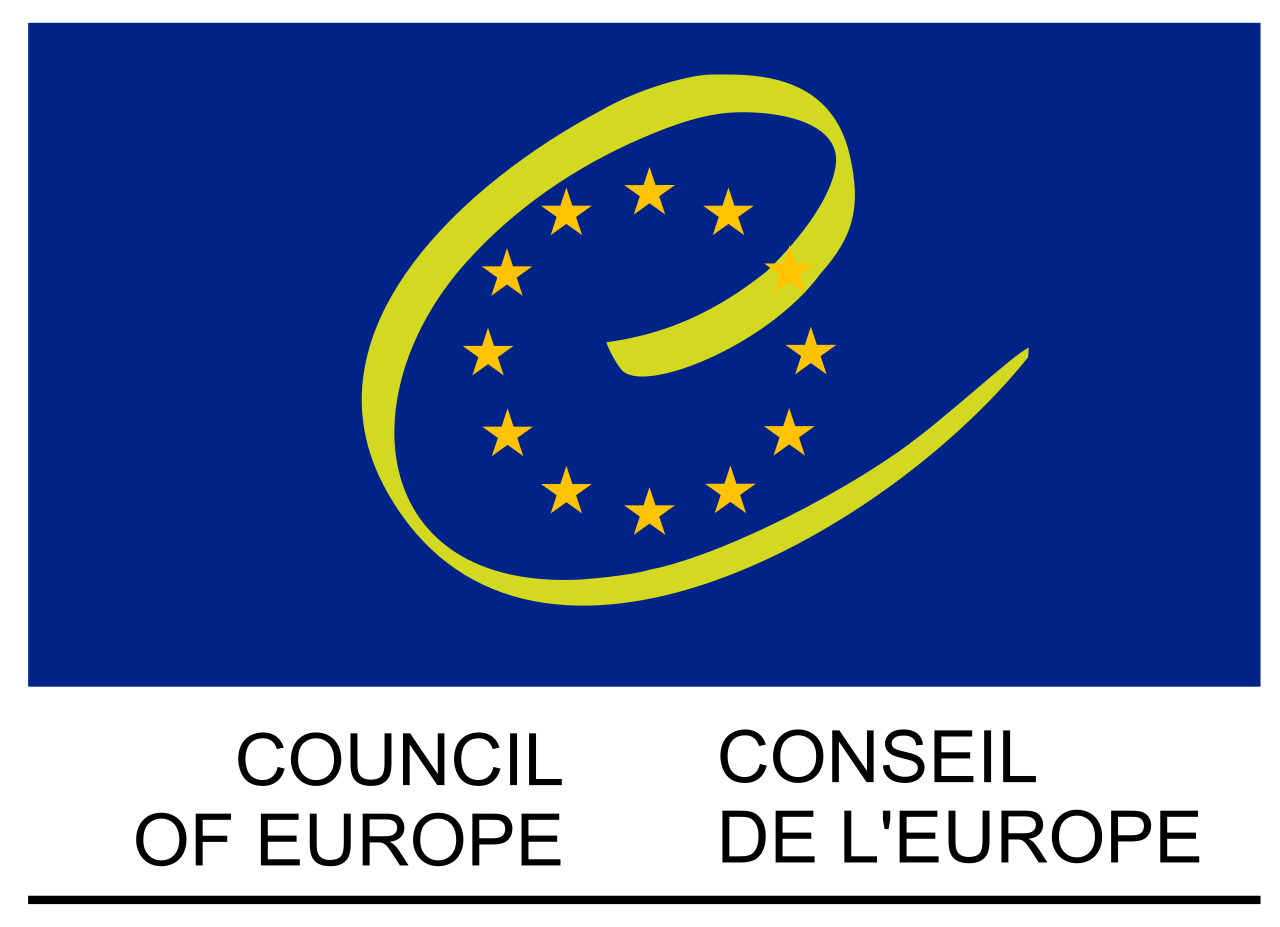
 Albania
Albania
 Andorra
Andorra
 Armenia
Armenia
 Azerbaijan
Azerbaijan
 Belgium
Belgium
 Bosnia Herzegovina
Bosnia Herzegovina
 Bulgaria
Bulgaria
 Denmark
Denmark
 Germany
Germany
 Estonia
Estonia

 European Union
European Union
 Finland
Finland
 France
France
 Georgia
Georgia
 Greece
Greece
 Ireland
Ireland
 Iceland
Iceland
 Italy
Italy
 Kosovo
Kosovo
 Croatia
Croatia
 Latvia
Latvia
 Liechtenstein
Liechtenstein
 Lithuania
Lithuania
 Luxembourg
Luxembourg
 Malta
Malta
 Moldawien
Moldawien
 Monaco
Monaco
 Montenegro
Montenegro
 Netherlands
Netherlands
 Nordmazedonien
Nordmazedonien
 Norwegen
Norwegen
 Austria
Austria

 Party and government
Party and government

 Party and government
Party and government
 European Political Community Summit
European Political Community Summit
 Poland
Poland
 Portugal
Portugal
 Romania
Romania
 San Marino
San Marino
 Sweden
Sweden
 Switzerland
Switzerland
 Serbia
Serbia
 Slovakia
Slovakia
 Slovenia
Slovenia
 Spain
Spain
 Czech Republic
Czech Republic
 Turkey
Turkey
 Ukraine
Ukraine
 Hungary
Hungary
 United Kingdom
United Kingdom
 Cyprus
Cyprus

Die Europäische Politische Gemeinschaft (EPG)[1] (französisch Communauté politique européenne, CPE; englisch European Political Community, EPC) ist eine europäische, zwischenstaatliche Organisation aus 47 europäischen und vorderasiatischen Staaten, die in den Bereichen Politik, Sicherheit, Energie, Verkehr, Investitionen, Infrastruktur und Personenverkehr zusammenarbeiten. Sie ist eine eigene Institution, welche weder mit der Europäischen Union (die zu den Teilnehmern der EPG gehört) noch mit dem Europarat zusammenhängt. Das EPG-Gründungstreffen fand am 6. Oktober 2022 in der tschechischen Hauptstadt Prag statt.
Im Rahmen der EPG sollen die EU-Beitrittskandidaten, die EFTA-Mitgliedstaaten sowie das Vereinigte Königreich als ehemaliges EU-Mitglied enger an die Europäische Union gebunden und ihnen so eine Möglichkeit der Mitarbeit in deren Politikfeldern gegeben werden, ohne Vollmitglied sein zu müssen. Daher wurde dieses Format auch bereits als eine Art „assoziierte EU-Mitgliedschaft“ beschrieben. Als Hintergrund ist auch zu sehen, dass die derzeitigen Beitrittskandidaten größtenteils als noch nicht beitrittsfähig angesehen werden, man ihrem Wunsch der engeren Kooperation aber (zunächst) auf diese Weise entsprechen will bzw. andere Teilnehmerstaaten derzeit nicht EU-Mitglied werden wollen. Fast alle Teilnehmer sind gleichzeitig auch Mitglied des Europarats.
Während der Vorschlag der Europäischen Politischen Gemeinschaft von 1952 ein Versuch war, eine umfassende politische Integration europäischer Staaten zu verwirklichen, und an dieser nur die sechs damaligen Mitglieder der Europäischen Gemeinschaft für Kohle und Stahl (EGKS oder auch „Montanunion“) teilnehmen sollten, hat die neue, 70 Jahre später vorgeschlagene, Gemeinschaft einen lockereren, intergouvernmentalen Ansatz.
欧洲政治共同体(英語:European Political Community,简称:EPC),是成立于2022年的欧洲政治和战略讨论平台。该集团于2022年10月在捷克布拉格举行首届会议,欧盟所有27个成员国及17个非欧盟国家首脑与会。
 China
China
 Italy
Italy
 Japan
Japan
 Legend
Legend
 Nepal
Nepal
 New Zealand
New Zealand
 Austria
Austria
 Poland
Poland
 Switzerland
Switzerland
 United States
United States
 United Kingdom
United Kingdom
 Xizang Zizhiqu-XZ
Xizang Zizhiqu-XZ
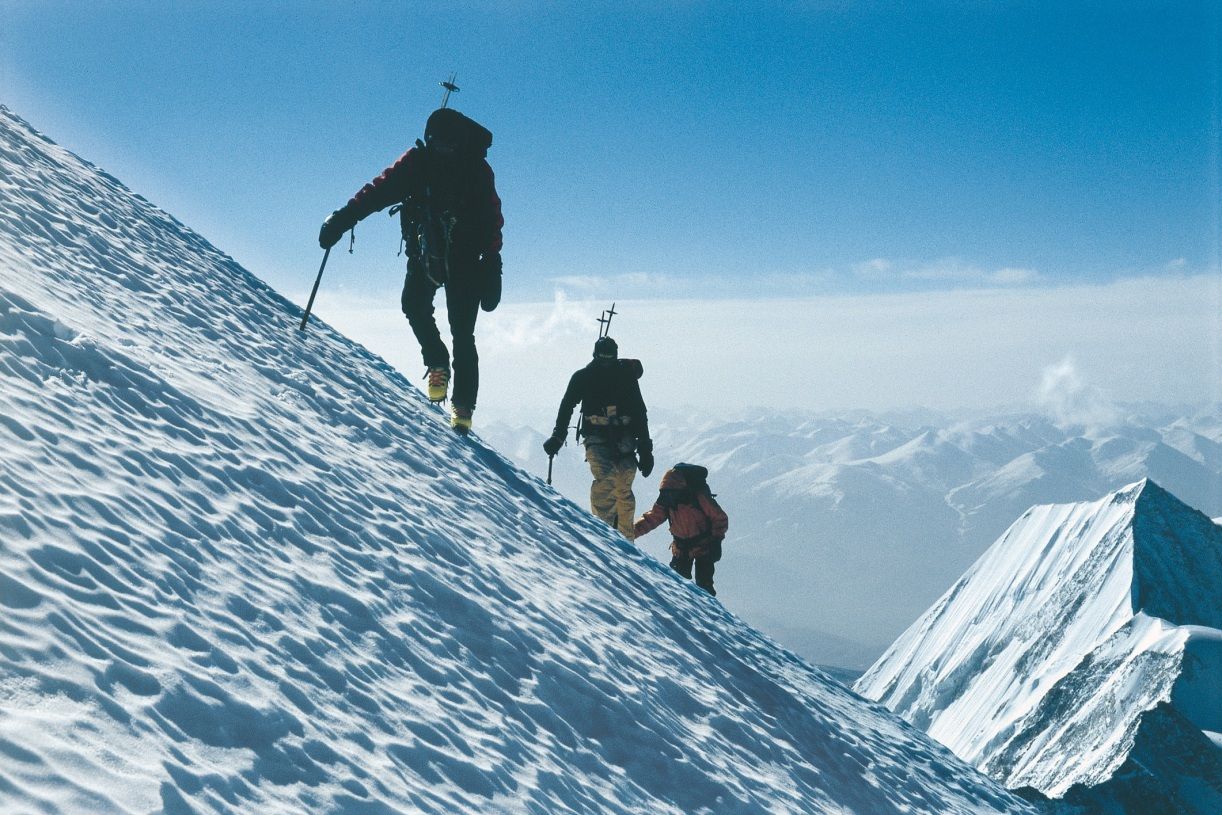
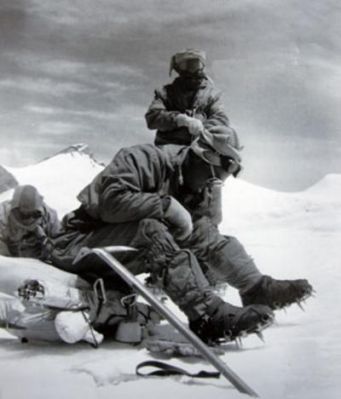
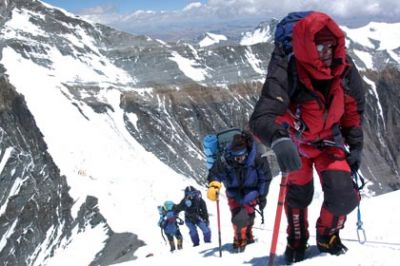
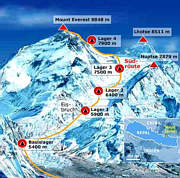


Der Mount Everest ist ein Berg im Himalaya und mit einer Höhe von 8848 m der höchste Berg der Erde. Er gehört zu den 14 Achttausendern und zu den Seven Summits. Der Mount Everest ist seit 1856 nach dem britischen Landvermesser George Everest benannt. Auf Nepali heißt der Berg Sagarmatha, auf Tibetisch Qomolangma (deutsche Aussprache „Tschomolangma“; englische Umschrift Chomolungma).
Der Mount Everest befindet sich im Mahalangur Himal in der Region Khumbu in Nepal an der Grenze zu China (Autonomes Gebiet Tibet); der westliche und südöstliche seiner drei Gipfelgrate bilden die Grenze. Auf nepalesischer Seite ist er Teil des Sagarmatha-Nationalparks, der zum UNESCO-Welterbe gehört. Auf der Nordseite gehört er zum Qomolangma National Nature Reserve, das mit dem von der UNESCO ausgewiesenen Qomolangma-Biosphärenreservat korrespondiert.[1]
Edmund Hillary und Tenzing Norgay gelang am 29. Mai 1953 die Erstbesteigung des „dritten Pols“. Am 8. Mai 1978 bestiegen Reinhold Messner und Peter Habeler den Gipfel erstmals ohne zusätzlichen Sauerstoff.
珠穆朗玛峰是喜玛拉雅山脉的主峰,又称圣母峰,英文名Mt.Everest,海拔8848米,是地球上第一高峰,位于东经 86.9°,北纬27.9°。地处中尼边界东段,北坡在中华人民共和国西藏自治区的定曰县境内,南坡在尼泊尔王国境内,藏语称 “珠穆朗玛”[清康熙五十六年(公元 1717年)编绘的《皇舆全览图》中作“朱母朗马阿林”],意为“神女第三”。
珠 穆朗玛峰山体呈巨型金字塔状,威武雄壮昂首天外,地形极端险峻,环境异常复杂。雪线高度:北坡为5800—6200米,南坡为5500—6100米。东北 山脊、 东南山脊和西山山脊中间夹着三大陡壁(北壁、东壁和西南壁),在这些山脊 和峭壁之间又分布着548条大陆型冰川,总面积达1457.07平方公里,平均厚度达7260米。冰川的补给主要靠印度洋季风带两大降水带积雪变质形成。 冰川上 有千姿百态、瑰丽罕见的冰塔林,又有高达数十米的冰陡崖和步步陷井的明暗 冰裂隙,还有险象环生的冰崩雪崩区。(Quelle:http://news.xinhuanet.com)
珠穆朗玛峰(藏文:ཇོ་མོ་གླང་མ;藏语拼音:qomolangma;威利:jo mo glang ma,香港称珠穆朗玛峰,台湾称圣母峰),中文简称珠峰,尼泊尔名萨加玛塔峰(尼泊尔语:सगरमाथा),英国名埃佛勒斯峰(英语:Mount Everest),为地球第一高峰,属于喜马拉雅山脉,位于中国西藏自治区与尼泊尔萨加玛塔专区边界上。2005年中国国家测绘局测量的岩面高为8,844.43米(29,017.2英尺),尼泊尔则使用传统的雪盖高8,848米(29,029英尺),BBC报道称2010年起两国官方互相承认对方的测量数据[5],中国国家测绘地理信息局则在2018年2月声明否认此说法,仍采用8,844.43米数据至今[6]。它除了是海拔最高的山峰之外,也是距离地心第五远的高峰。[7]它附近的高峰包括8,516米(27,940英尺)的洛子峰、7,855米(25,771英尺)的努子峰和7,580米(24,870英尺)的章子峰。
清朝经过测绘于1719年出版的全国地图上称此峰为“朱姆朗马阿林”,但没有标出高度或用经纬度标出其位置。1856年英属印度测量局首次公布此峰的经纬度及海拔高度,主张此峰8,840米(29,000英尺)是世界第一高峰。1865年英国皇家地理学会接受印度测量局局长安德鲁·史考特·华欧的建议,将此峰命名为“埃佛勒斯峰”,以纪念前任局长乔治·埃佛勒斯。1952年,中国采用“珠穆朗玛峰”为官方名称。
珠穆朗玛峰吸引了许多登山者。主要的攀登路线有两条,一条从尼泊尔东南部出发,经过与洛子峰之间的南坳登顶,称为“标准路线”;另一条则从西藏的北部出发,经过与章子峰之间的北坳登顶。从标准路线登顶对登山技术的挑战不算高,但这条路线的风险包括雪崩、摔落山谷、高山症、冻伤和通过昆布冰瀑的危险。到2016年为止,山上有超过200具尸体,其中一些成为地标。[8][9]
据气象记载,珠穆朗玛峰山顶最低温度为-60°C,最低月平均温度为-35°C,全年平均温度为-29°C,参照北极、南极,因此也被称为“世界第三极”。[10]
エベレスト、エヴェレスト(英: Everest)、またはチョモランマ(チベット語: ཇོ་མོ་གླང་མ[1] Chomolungma, Qomolangma)、サガルマータ(ネパール語: सगरमाथा Sagarmāthā)は、ヒマラヤ山脈にある世界最高峰である。
エベレストはインド測量局(Survey of India)で長官を務めたジョージ・エベレストにちなんで命名された。
1920年代から長きにわたる挑戦の末、1953年にイギリス探検隊のメンバーでニュージーランド出身の登山家であるエドモンド・ヒラリーとネパール出身のシェルパであるテンジン・ノルゲイによって初登頂がなされた。
エベレストの標高については諸説あり、1954年にインド測量局が周辺12ヶ所で測定しその結果を平均して得られた8,848 mという数値が長年一般に認められてきた。1999年、全米地理学協会はGPSによる測定値が8,850mだったと発表した[2]。厳密には地殻変動などの影響によって標高は年々変動していると考えられている。
エベレストの南麓に位置するネパールのサガルマータ国立公園はユネスコの世界遺産に登録されている。
Mount Everest, known in Nepali as Sagarmatha (सगरमाथा) and in Tibetan as Chomolungma (ཇོ་མོ་གླང་མ), is Earth's highest mountain above sea level, located in the Mahalangur Himal sub-range of the Himalayas. The international border between Nepal (Province No. 1) and China (Tibet Autonomous Region) runs across its summit point.
The current official elevation of 8,848 m (29,029 ft), recognized by China and Nepal, was established by a 1955 Indian survey and subsequently confirmed by a Chinese survey in 1975.[1] In 2005, China remeasured the rock height of the mountain, with a result of 8844.43 m. There followed an argument between China and Nepal as to whether the official height should be the rock height (8,844 m., China) or the snow height (8,848 m., Nepal). In 2010, an agreement was reached by both sides that the height of Everest is 8,848 m, and Nepal recognizes China's claim that the rock height of Everest is 8,844 m.[5]
In 1865, Everest was given its official English name by the Royal Geographical Society, upon a recommendation by Andrew Waugh, the British Surveyor General of India. As there appeared to be several different local names, Waugh chose to name the mountain after his predecessor in the post, Sir George Everest, despite George Everest's objections.[6]
Mount Everest attracts many climbers, some of them highly experienced mountaineers. There are two main climbing routes, one approaching the summit from the southeast in Nepal (known as the "standard route") and the other from the north in Tibet. While not posing substantial technical climbing challenges on the standard route, Everest presents dangers such as altitude sickness, weather, and wind, as well as significant hazards from avalanches and the Khumbu Icefall. As of 2017, nearly 300 people have died on Everest, many of whose bodies remain on the mountain.[7]
The first recorded efforts to reach Everest's summit were made by British mountaineers. As Nepal did not allow foreigners into the country at the time, the British made several attempts on the north ridge route from the Tibetan side. After the first reconnaissance expedition by the British in 1921 reached 7,000 m (22,970 ft) on the North Col, the 1922 expedition pushed the north ridge route up to 8,320 m (27,300 ft), marking the first time a human had climbed above 8,000 m (26,247 ft). Seven porters were killed in an avalanche on the descent from the North Col. The 1924 expedition resulted in one of the greatest mysteries on Everest to this day: George Mallory and Andrew Irvine made a final summit attempt on 8 June but never returned, sparking debate as to whether or not they were the first to reach the top. They had been spotted high on the mountain that day but disappeared in the clouds, never to be seen again, until Mallory's body was found in 1999 at 8,155 m (26,755 ft) on the north face. Tenzing Norgay and Edmund Hillary made the first official ascent of Everest in 1953, using the southeast ridge route. Norgay had reached 8,595 m (28,199 ft) the previous year as a member of the 1952 Swiss expedition. The Chinese mountaineering team of Wang Fuzhou, Gonpo, and Qu Yinhua made the first reported ascent of the peak from the north ridge on 25 May 1960.[8][9]
L’Everest, en tibétain ཇོ་མོ་གླང་མ, Qomolangma ou encore Chomolungma, en népalais सगरमाथा, Sagarmāthā, aussi appelé mont Everest, est une montagne située dans la chaîne de l'Himalaya, à la frontière entre le Népal (province no 1 (en)) et la Chine (Tibet).
Il est aperçu par des Européens pour la première fois en 1847 puis, après quelques années d'observations et de calculs, son altitude est établie à 8 848 mètres et il est identifié comme le plus haut sommet du monde. Cette caractéristique lui vaut d'être baptisé de son nom actuel par les Occidentaux en 1865 et, dès les années 1920, de lui attirer l'intérêt des alpinistes qui se lancent à l'assaut de ses pentes. Plusieurs expéditions, en particulier britanniques, se succèdent depuis le versant nord au Tibet. Toutefois, les conditions climatiques extrêmes font leurs premières victimes, parmi lesquelles George Mallory et Andrew Irvine, en 1924, dont on ne saura probablement jamais avec certitude s'ils ont atteint le sommet. En 1950, le Népal autorise l'accès à la montagne depuis le sud offrant des possibilités d'ascension par l'arête Sud-Est, moins périlleuse. Finalement, trois ans plus tard, Edmund Hillary et Tensing Norgay réussissent à vaincre l'Everest. Dès lors, les exploits en tous genres s'enchaînent, alimentant les fantasmes populaires ; mais, en 1996, une série d'accidents mortels vient rappeler les dangers liés à la montagne, portant de nos jours à plus de 200 le nombre de victimes. Pourtant, le tourisme de masse se popularise, fragilisant le milieu naturel malgré les créations du parc national de Sagarmatha en 1976 et de la réserve naturelle du Qomolangma en 1988. Ainsi, plus de 14 000 alpinistes ont tenté l'ascension depuis 1922 et plus de 4 000 l'ont réussie, bien aidés, pour la majorité d'entre eux, par les porteurs sherpas.
Il monte Everest (pron. /ˈɛverest/[1]) è la vetta più alta del continente asiatico e della Terra con i suoi 8 848 m di altitudine s.l.m., situato nella catena dell'Himalaya assieme ad altri ottomila, al confine fra Cina e Nepal. Rientra dunque nelle cosiddette Sette Vette del Pianeta.
El monte Everest es la montaña más alta del planeta Tierra, con una altitud de 8.848 metros (29 029 pies) sobre el nivel del mar.1 Está localizada en el continente asiático, en la cordillera del Himalaya, concretamente en la subcordillera de Mahalangur Himal; marca la frontera entre China y Nepal, considerada como la frontera más alta del mundo.[cita requerida] El macizo incluye los picos vecinos Lhotse, 8516 m (27 940 pies); Nuptse, 7855 m (25 771 pies) y Changtse, 7580 m (24 870 pies).


 Architecture
Architecture

 Architecture
Architecture
 Gothic architecture
Gothic architecture

 Architecture
Architecture
 Brick Gothic architecture
Brick Gothic architecture
 Poland
Poland

 Religion
Religion

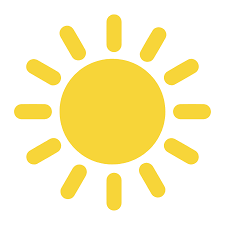 Energy resource
Energy resource
 Geography
Geography
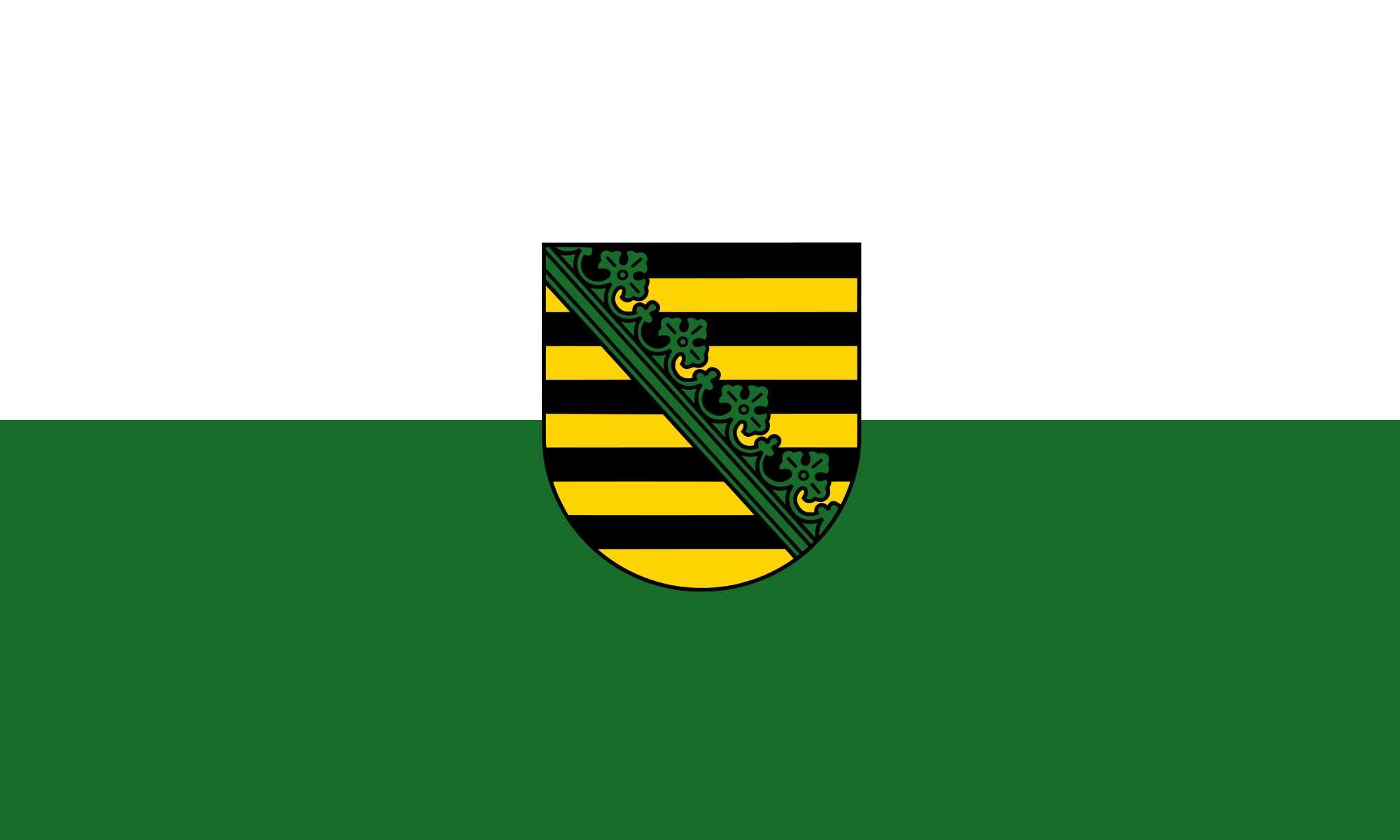 Saxony
Saxony
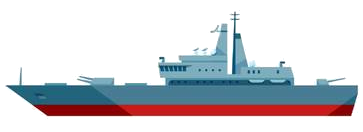
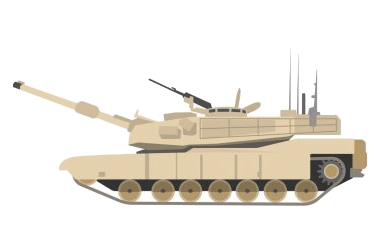
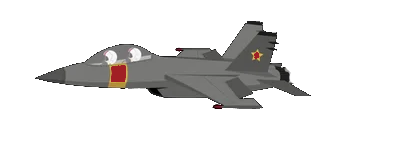
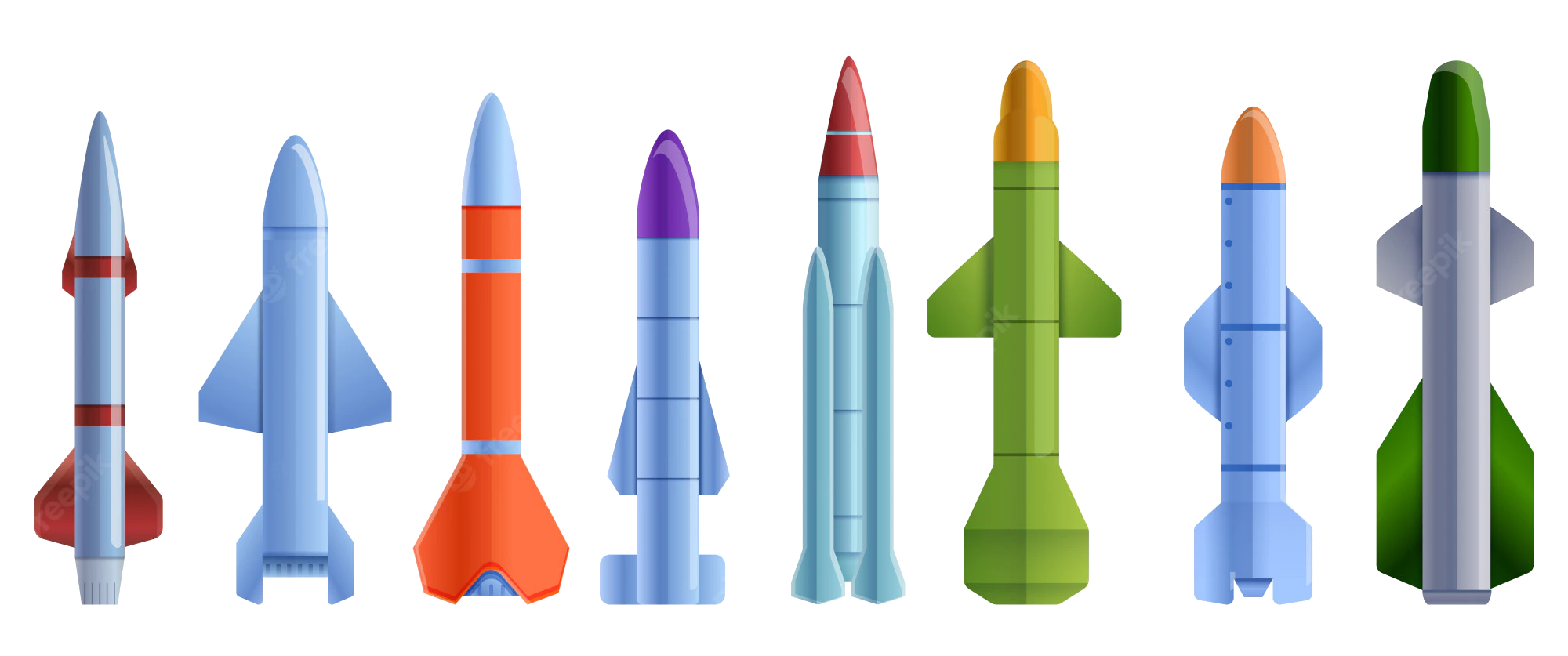 Military, defense and equipment
Military, defense and equipment
 Grand Est
Grand Est

 Sport
Sport
 International cities
International cities